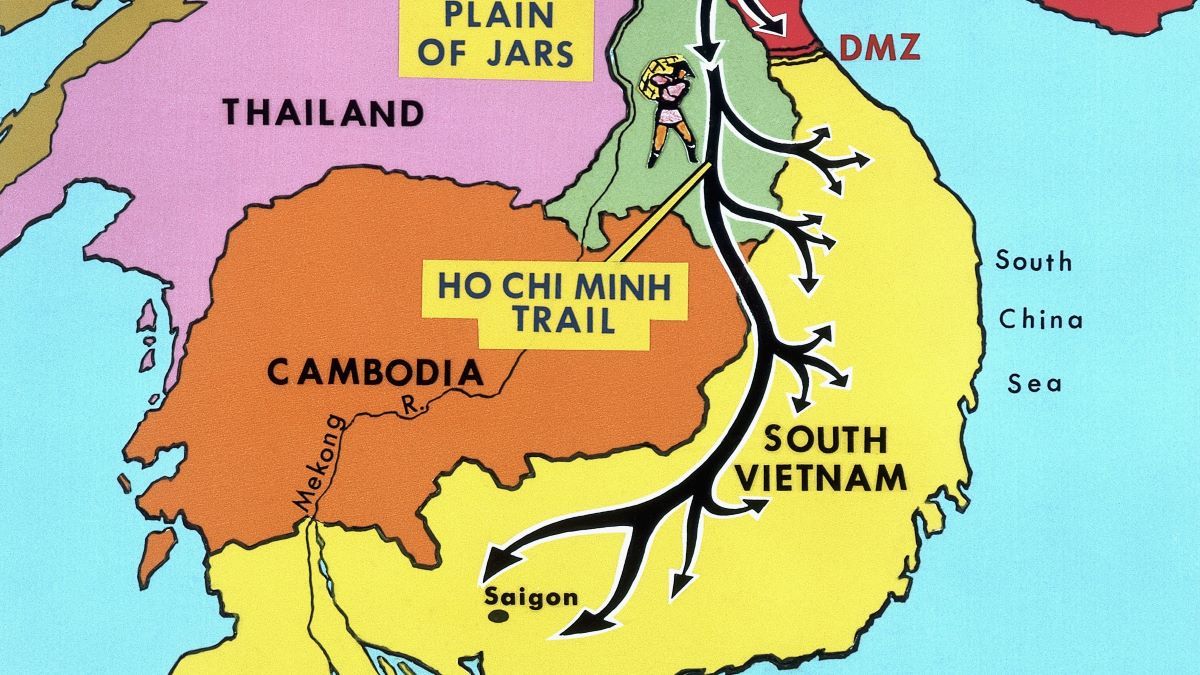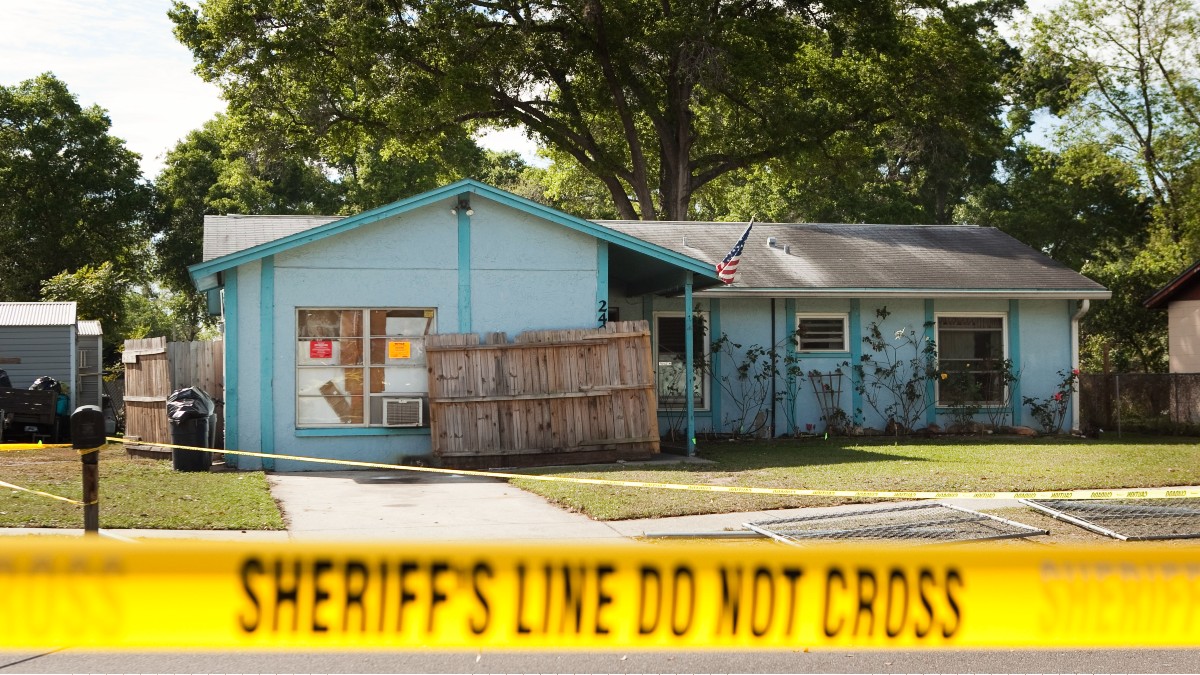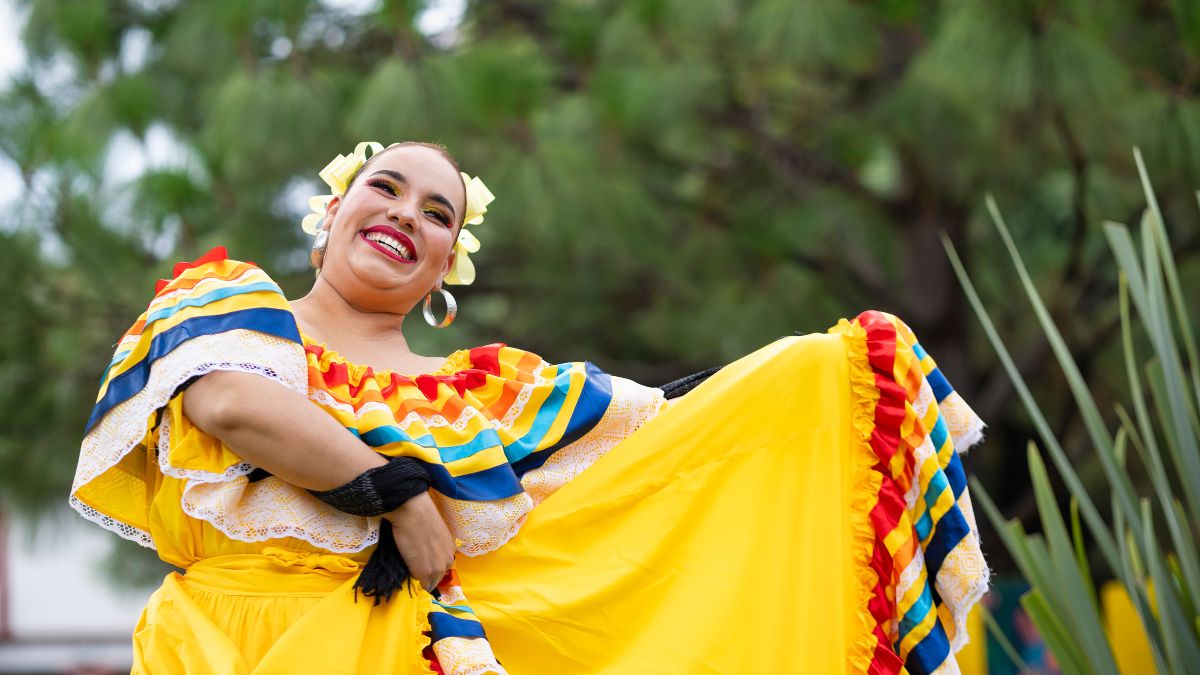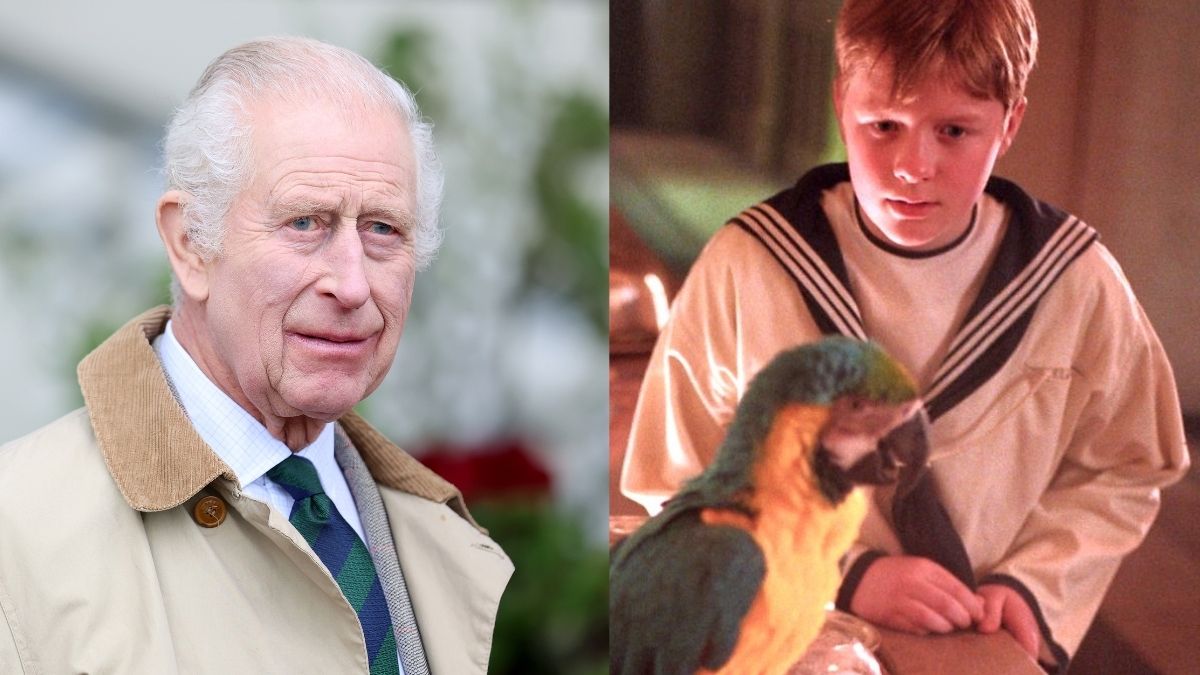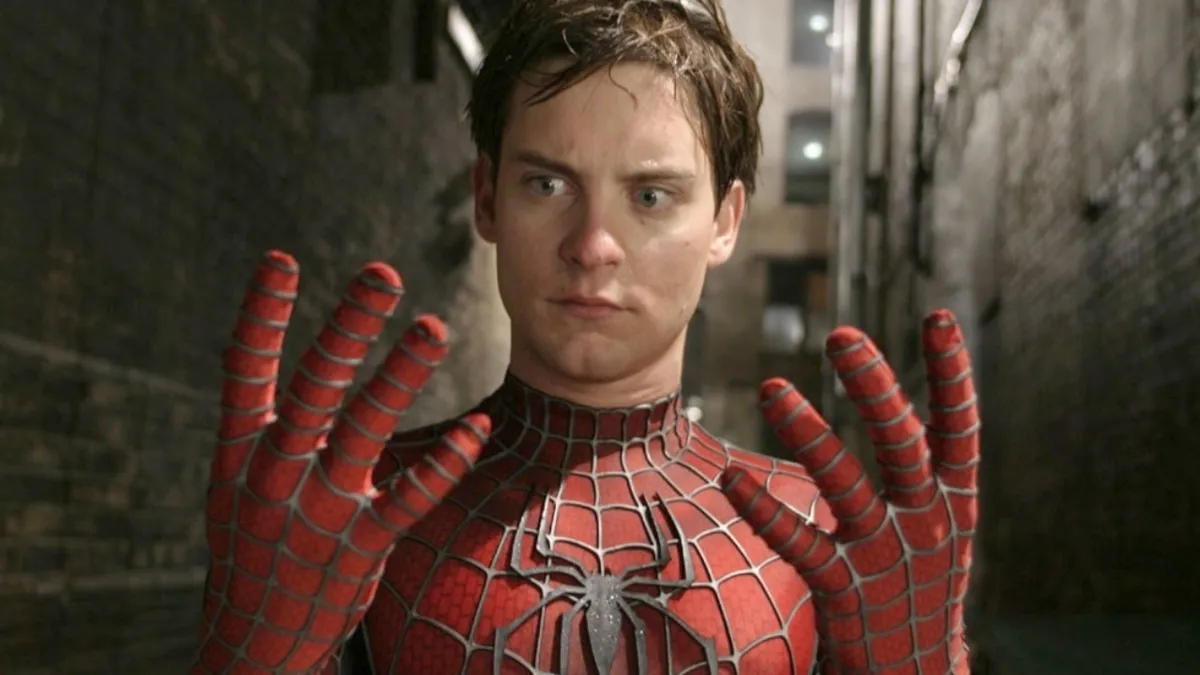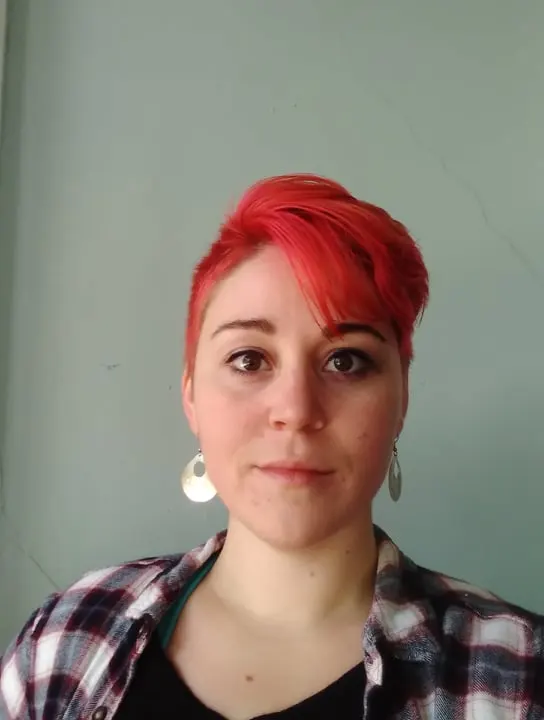The winding paths and walkways known as the Ho Chi Minh Trail have existed for centuries. The route was once one of Southeast Asia’s most formidable hikes, spanning 3 countries, and traversing treacherous mountains, deep jungles, dense tropical rainforests, and stretching nearly 12,000 miles.
The winding mountain trail might now be a popular tourist destination, but starting in 1955, its steady expansion helped the Viet Minh, and later Viet Cong, pull off the David vs Goliath defeat of the Western advance.
Why was the Ho Chi Minh Trail made?
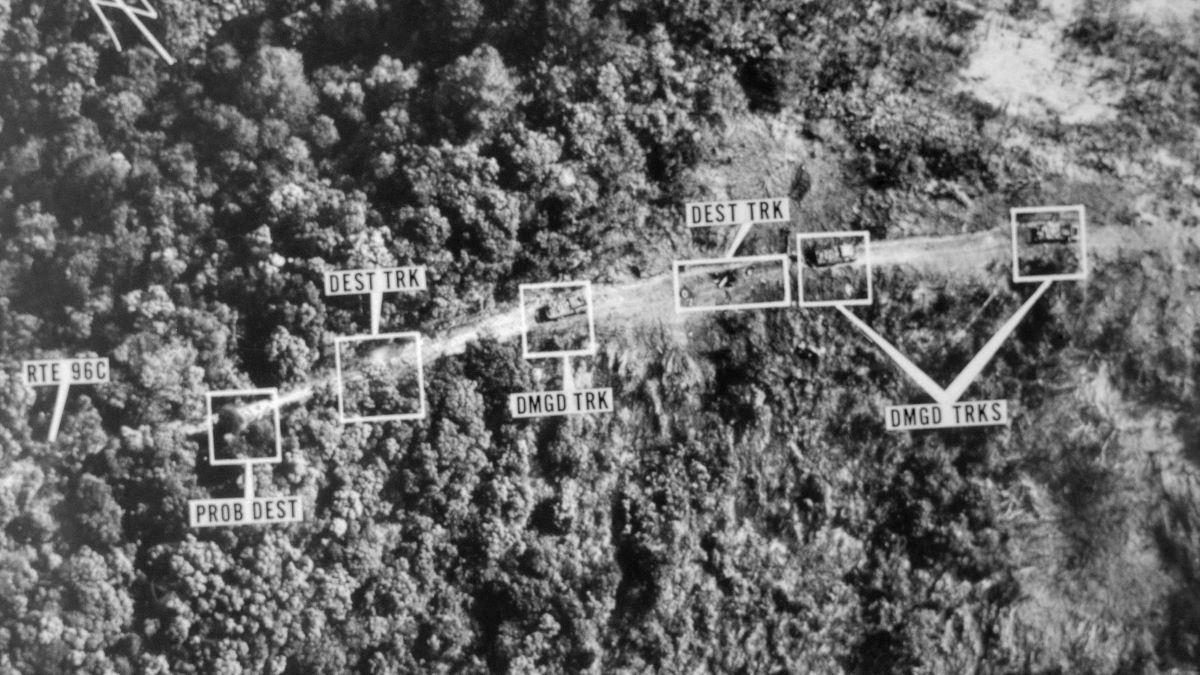
The elaborate series of paths – dubbed the Ho Chi Minh trail by the communist leader of Northern Vietnam by the US – was once several different trails allowing for trade between Laos, Cambodia, and Vietnam. “Indochina” as the French called the area, was hotly contested. After colonizing the area in the late 1800s, France felt ownership of the territory, while the locals wanted the right to self-govern – and the U.S. backed whichever side fought against communism.
During the 50s, McCarthyism was at its peak in America. Communism was the dirty word of the decade, and the Red Scare was a daily fear. Ho Chi Minh, the president of Southern Vietnam and a well-known communist, represented that fear. His alliance with Joseph Stalin and the Soviet Union, who had backed the Vietnamese leader in the years after WWII, was the embodiment of the “rapid” spread of communism and Western leaders felt it was necessary to protect the fledgling democracy they installed in Southern Vietnam after the World War II.
It quickly became clear that France, backed by its WWII Allies, had no intention of relinquishing control of either Laos, Northern or Southern Vietnam. Ho Chi Minh requested a secret route from his territory to the southern half of the country. The French hold on central Vietnam prevented Viet Minh movement in the open and prevented the group’s attempts to unify the country under one national banner.
The Truong Son Road, an ancient set of footpaths used for trade between Laos, Cambodia, and Vietnam through the Anamite Mountain range was the perfect starting place. The People’s Army of Vietnam (PAVN) and Pathet Lao (the communist Laos People’s Liberation Army) began working on the trail, which started just south of Hanoi, in 1959.
What was the Ho Chi Minh Trail used for?
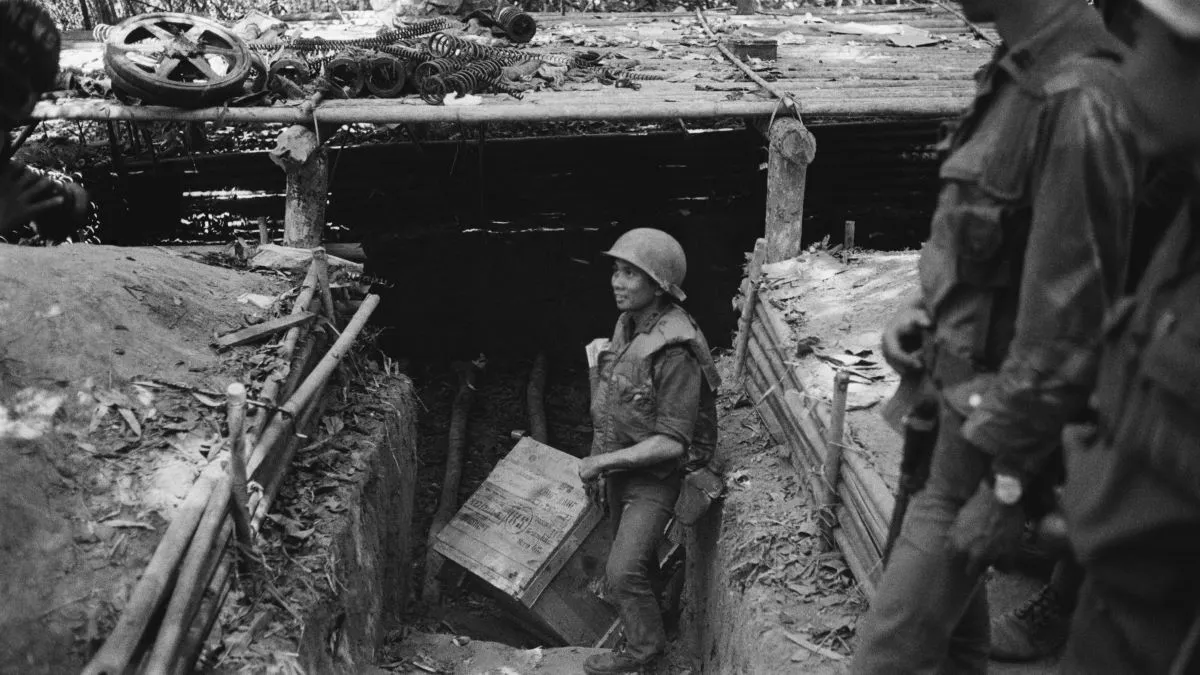
The secret trail was meant to create a seamless supply line from Northern Vietnam to Southern Vietnam. Laotian communists also provided support for the Viet Minh troops, and helped to establish the paths. The trail was lined with communications outposts, which handled logistical concerns like food, medical care, or simply guides for the next leg of the journey, which were roughly a day’s march from one another.
At first, supplies were transported by hand or bicycle, as the paths were far too narrow to accommodate vehicles. Traveling by foot exposed trekkers to a myriad of dangers. Landslides, snakes, tigers, bears, and aerial bombardments were just a few of the ways that one could die during the 12,000-mile journey – which took 6 months to complete.
Scattered along the route were barracks, hospitals, command centers, and supply bunkers, all hidden from an aerial view with elaborate camouflage composed of man-made netting and natural tree canopies. By the end of construction, these canopies covered the entire trail, save for water crossings which were typically hidden under the water’s surface for camouflage.
Soldiers recalled the journey as nightmarish. While outposts offered a bowl of rice and a cigarette as a day’s ration, soldiers supplemented their meals by scavenging for plantains or root vegetables and hunting monkeys and boars. Doctors and nurses, some as young as 15, traveled the paths offering medical services. Volunteer brigades made up of mostly young women, buried corpses and filled in bomb craters to keep the narrow paths functioning.
As the Viet Cong movement grew, the demand for supplies increased. Soon the roads were expanded to accommodate soviet trucks, but they never grew more than 18 feet wide.
How did the Ho Chi Minh Trail help the Viet Cong win?
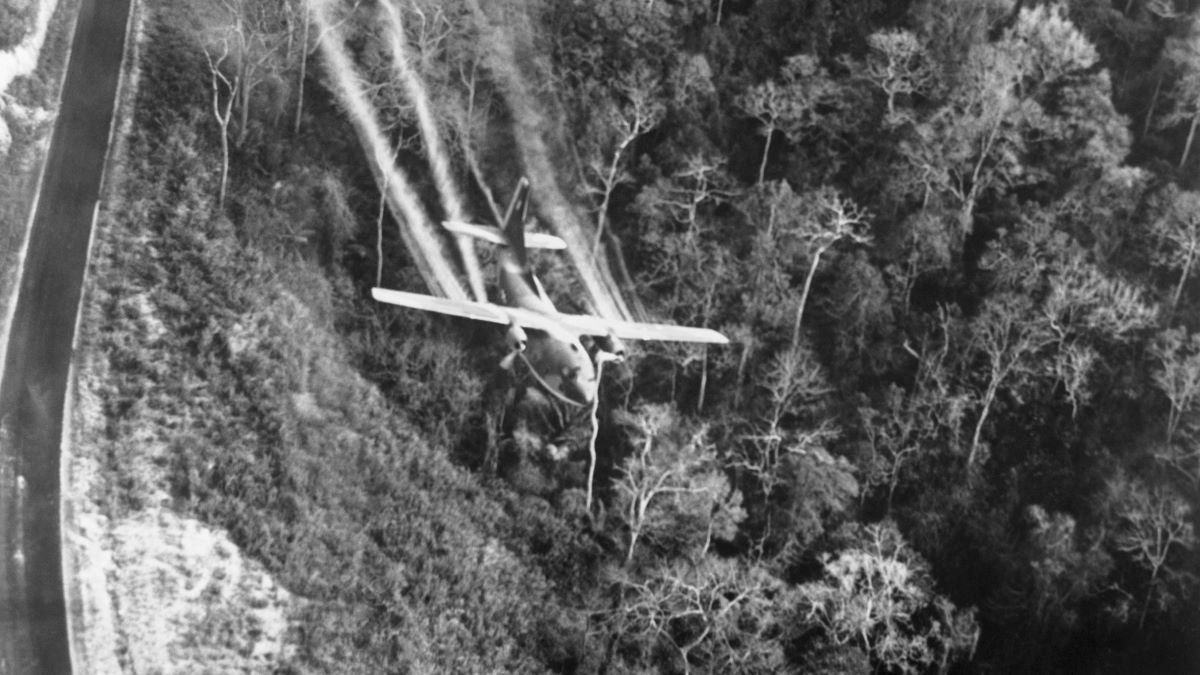
By 1965, the same year the U.S. entered the Vietnam War, the trail could transport up to 30 tonnes of supplies daily, triple what PAVN had been moving over the prior 5 years. Supply chains can make or break a military operation, and the U.S. moved to dismantle the trail through direct airstrikes almost immediately. Operation “Barrel Roll” increased aerial assault on the trial from 20 to 1000 attacks per month, over the war more than 1.7 million tonnes of bombs were dropped, but the thick camouflage made the trail difficult to spot and the aerial bombardment was all but useless.
Little headway was made before the thick fog and heavy rains of monsoon season arrived. When combined with slash-and-burn growing tactics used by local farmers, it made for dangerous flight conditions, and the U.S. military couldn’t rely on planes or helicopters to safely hit targets. It switched tactics, opting for cloud seeding, which would artificially increase the amount of rain in any target area. By overlaying this with a chemical concoction meant to destabilize soil, it hoped to erode the trail beyond use.
This too failed, and the U.S. switched tactics yet again, this time focusing on deforestation by using the controversial herbicides Agent Blue and Agent Orange. The toxins were used at 20x concentration and deforested millions of acres of farmland and rainforest. Soldiers were assured that Agent Orange was safe to be near, but after the war, it was linked to an increase in cancer rates, life-threatening health complications, and birth defects. The effects of Agent Orange can still be observed in Vietnam today.
Despite U.S. attempts to prevent the trail from being used, by 1975, much of the route was wide enough for trucks to traverse, and convoys could make the trek in a week. Along with supply and medical stations, fuel stops and mechanic pit stops were strategically placed, allowing for quick repairs and ensuring no vehicle ever ran out of gas.
The US officially withdrew from Vietnam in 1973 after American citizens, mostly college-aged youths, mounted anti-war protests. The Paris Peace Accords were signed in January of 1973, and by March, the final US troops were pulled out of combat zones.
Viet Cong forces reclaimed Southern Vietnam by 1975. The Ho Chi Minh Trail was one of the key factors behind the group’s success. The infrastructure laid down by the Viet Cong eventually grew into a 2 lane highway, The Ho Chi Minh Highway, which is still maintained today.

